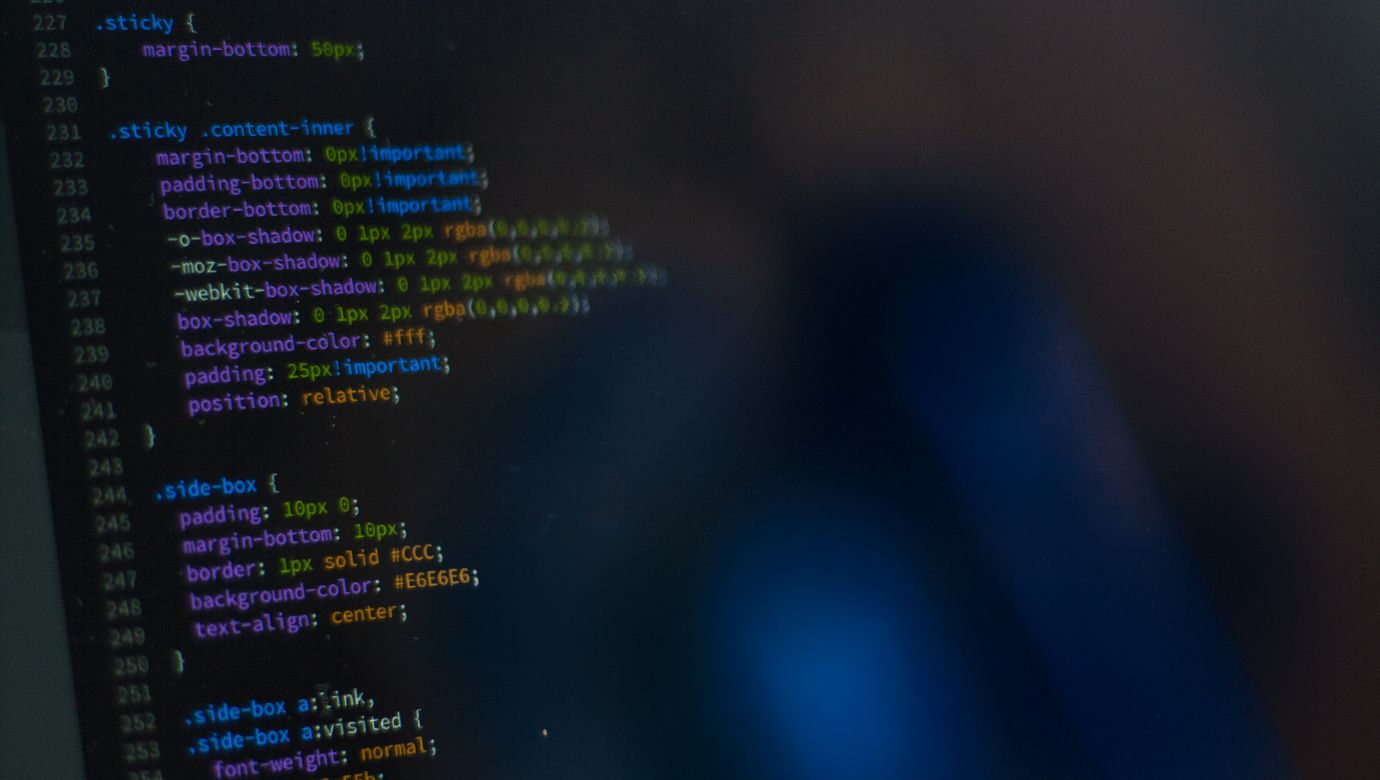Ethereum is a legacy network, but it has been evolving rapidly. For example, we have adapted to environmental requirements as we look for ways to expand. Some difficult choices were made, including switching from a proof-of-work to a proof-of-stake system.
However, Ethereum developer and team leader Péter Szilágyi said: interested About how “transformable” Ethereum is becoming.
Ethereum prioritizing short-term fixes over protocol integrity?
Regarding X, Szilágyi criticized the project’s development direction. Team leaders have noticed a growing trend of developers prioritizing short-term fixes over the long-term state of the protocol.
These criticisms come at a time when regulators are scrutinizing Ethereum and even the U.S. Securities and Exchange Commission (SEC) considers ETH an unregistered security. It is precisely the decisions made in this regard that worry Szilágyi.
Developers are concerned that constantly tweaking core protocol rules to appease regulators could lead to disaster. The team leader said this “picking small decisions here and there” risks transforming Ethereum into a traditional finance (TradFi) clone.
When this happens, the core principles of decentralization and TradFi’s technically elusive “censorship resistance” feature are sacrificed.
Szilágyi believes that Ethereum is on a losing path, especially when it comes to the Maximal Extractable Value (MEV) issue. In Ethereum, validators, who are tasked with approving transactions in no particular order, can “capture” value by changing the order of transactions within a block depending on the gas fee attached.
Risks of centralization: MEV problem not solved and liquid staking suspect.
The developer said the negative impacts of MEV have not yet been addressed. But instead of dedicating time and effort to solving the problem, the focus shifted to “providing protocols and infrastructure for dedicated MEV builders.” Szilágyi argues that by taking this route, Ethereum developers are essentially dabbling in centralized sites that water down decentralization in the second most valuable network.
In addition to MEV, the developer believes that the emergence of liquid staking solutions such as Lido Finance will destabilize the network.
ETH holders can receive rewards through a liquid staking platform. Without running validator nodes. Over time, Szilágyi worries that concentration will increase, with only a few operators exercising strong network control.
It is not yet known whether the developer will heed Szilágyi’s concerns. However, what is clear is that developers have been introducing implementations on mainnet to improve user experience and reduce costs.
In the latest upgrade, Dencun, developers have made transactions with layer 2 protocols such as Base and Arbitrum cheaper. As seen in the Ethereum roadmap, there will likely be more efforts to expand the mainnet through sharding in the coming years.
Featured image from Canva, chart from TradingView

